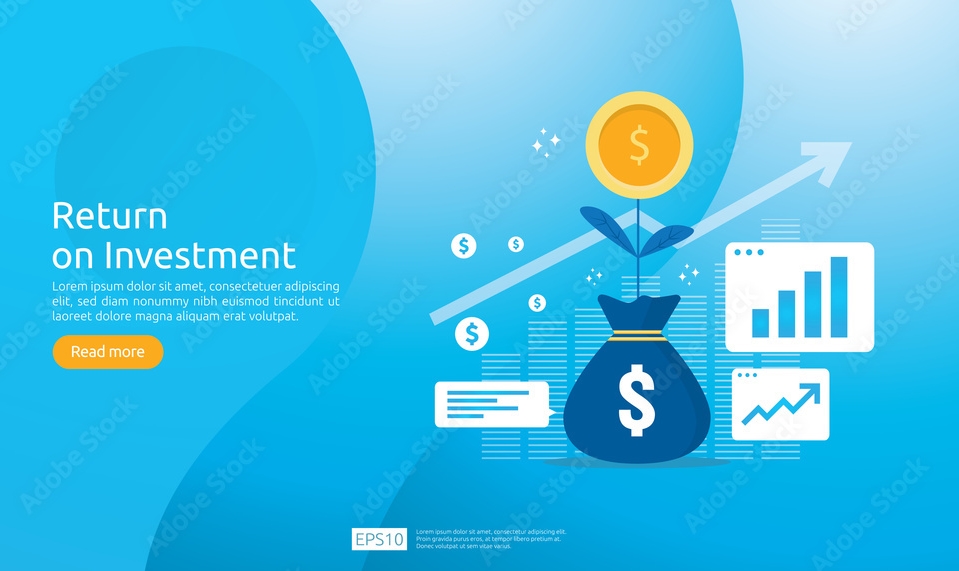Now we are engaged for some time, let's get connected

Build an Ecommerce Store:

If you are a talented entrepreneur or a craftsman, you have probably dreamed of starting your own eCommerce store and building a business that gives you a sense of success and freedom. Sadly, many people do not like to start an eCommerce business because they do not know where to start.
Ecommerce businesses, which are any business that buys and sells goods or services online, are thriving. With global eCommerce sales reaching nearly $ 5 trillion by 2021, there has never been a better time to start an online business.
The future of eCommerce is bright. But starting an online business is hard work and requires many steps and decisions that need to be met in a timely manner. You will read each of them in this step-by-step guide.
How to start an eCommerce business:
To help, we have compiled a complete business start-up plan, compiled from Shopify’s most popular content. These blog posts, guidelines, and videos are organized based on the most important tasks you will encounter as you research, present, and maximize profitable eCommerce implementation.

Choosing a product
Finding a product, you can sell:
The first step in building an eCommerce site is to know which products you want to sell directly to the consumer. This is often the biggest part of starting a new online business. In this section, we will highlight the strategies you can use to find product opportunities, explore the best places to look at product ideas, and finally, look at trendy eCommerce products that can be considered.
Test your mind:
Once you have a product idea in mind, how do you know if you are going to sell it? In this section, we will cover a few of the strategies that active entrepreneurs have used to validate their product ideas and potential markets.
Finding your product:
After you get a solid product idea, your next step is to find out where and how to find your products. The following four posts cover a variety of ways to find your products, as well as the pros and cons of each model.
Sell your products for sale online:
Many independent retailers are facing a challenging road ahead. Changing your brick-and-mortar business online can help you withstand this storm, generate cash flow, and build a strong business. You will need to find a good eCommerce solution to build your store on it, like Shopify.
Research and prepare
Research your competition:
You found your product, tested its capabilities, and found a supplier. But before you get into that, you will need to thoroughly research your competition to know what you are arguing about and how to differentiate your business from theirs.
Writing a business plan:
With your competing research over, it is time to write your business plan. A business plan is a guide that helps to integrate your ideas and thoughts. A business plan is important in determining what should be a priority and how to effectively reach potential customers.
Setting up your business
Choose a business name:
Apart from finding a real product that you can sell online, another challenging decision is to decide the name of your business or product and choose the right and available domain name.
Creating a logo:
Once you have chosen a memorable name and registered a corresponding domain, it is time to create a simple logo. In these resources, we will show you a few options for creating a beautiful logo for your new business.
Understanding search engine optimization (SEO):
You are probably ready to start building your own online store. However, before you jump into it, you should understand the basics of search engine optimization so that you can better rank your site with Google pages and other search engines.
Build your own store:
With a better understanding of search engines, it’s time to build out your store. There are many crucial elements to consider. Below, we’ve listed our essential reads to help you build high-converting product pages, write captivating product descriptions, shoot beautiful product photography, choose your eCommerce color palette, and much more.
Choosing your marketing channels:
One of the best ways to reach new customers is to choose sales channels where they have already purchased. The right mix of sales channels will depend on your products and the market you are targeting, but there are a few good options that can go hand in hand and support your personalized store.
Preparing to launch
As you approach the launch of your new business, there are a few shipping and filling items you need to prepare for.
Post-launch
Finding your first customer:
Now that you have started, the difficult task of marketing your products begins. While many new store owners should consider selling their products physically, some digital marketing depends on doing one thing well driving targeted traffic.
Here’s How to Get Visitors to a New Website (Even If You Don’t Know Where to Begin):
You’re on your way now and you probably have a few sales under your belt. It’s time to dump her and move on. The following posts will help you get into your most effective eCommerce marketing strategies or expand into new driving traffic and convert that traffic into sales.
How much does it cost to start an eCommerce business?
An eCommerce business can be started for as little as $ 100, which is used to register and purchase your store theme. Ecommerce companies are less expensive than brick and mortar stores because they do not require the same number of licenses and permits, and you do not need to pay rent for the property

If you work as a drop shipping business, for example, it will be less expensive to get started because you do not have to pay for supplies, inventory, or handicrafts. You only pay for the products after the customer has purchased them. If you create your own products by hand or work with manufacturers, you will need to pay for tools, materials, and work in advance.
Cost categories included:
In the first year, business owners spent:
Tips for starting an eCommerce business

Starting an ecommerce business is fun. Whether you are starting with the first or the fifth, keep the following tips in mind:
Forget one year of profit:
Starting a successful ecommerce business is a race, not a sprint. Do not measure business success by profit in your first year. Give yourself an 18- to 24-month flight route to get your business started. Spend your first-year evaluation, review, and reinvest your sales back to your business using the above budget guidelines.
Know your target audience:
Without developing or acquiring products, you will spend most of your time getting customer attention. The challenge? You want to get your products in front of the right customers — they will buy from your site. Understanding these people, a.k.a. your target audience, can help you reach them faster and make more sales.
Sell the required product:
Create or sell an amazing product with a proven market need. Product quality is important because a good product sells itself.
Explore different online marketing strategies like these:
Testing is the best way to avoid falling into any ideas about your audience that could end up hurting you instead of helping. One tip for new eCommerce stores is to have a networking system and build links in place. These strategies can help increase your SEO levels on Google.
The sooner you have a way to link a building authority and drive in your area, the sooner search engines will see your website as an authority.
Search engines see a link from an authorized source as a vote of confidence based on your website, so the more links you have with trusted websites, the more search engines will trust you as an authority.
A Plan is just the beginning

Building your ecommerce business is as fun as it is challenging. Quickly you will learn the tone about product selection, evaluate its performance, find out how it is produced, build an e-commerce website, market, and sell to new customers. The process may sound like solving a puzzle head scratcher, but it is equally rewarding.